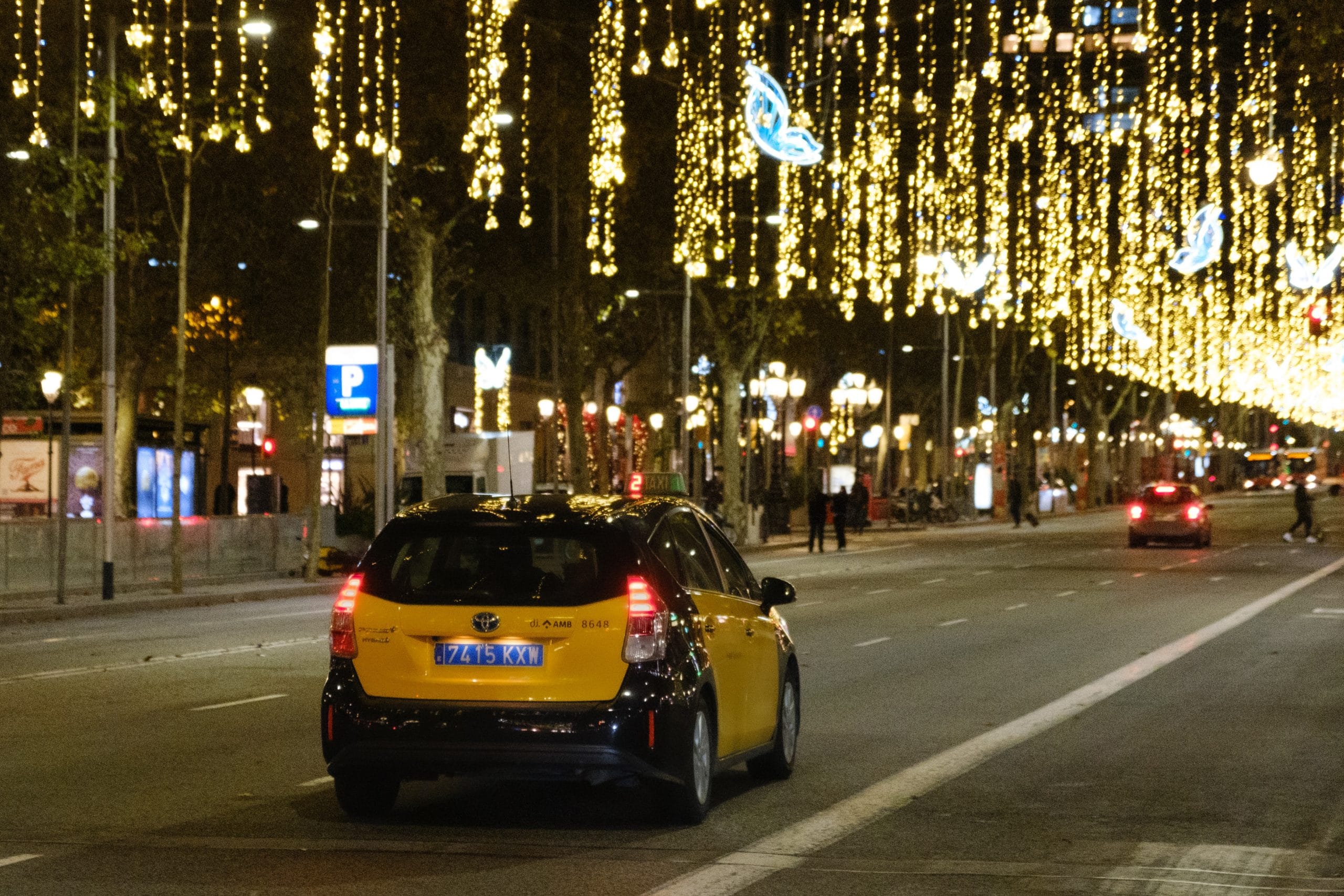In Barcelona, taxis have an unusual color: they are black and yellow. On the Internet you can find an explanation that this is a reminder of the tragic death of the architect Antonio Gaudi. We checked whether the urban legend is true.
On the Internet for the query “Why are taxis in Barcelona black and yellow?” falls out more than a dozen links that describe the same story. It goes like this: “On June 7, 1926, the free cab drivers of Barcelona drove past a man lying on the ground, who was hit by a tram launched that day. Taxi drivers mistook him for a beggar who could not pay the fare. This man was the great architect Antonio Gaudi, the pride of Barcelona. Law enforcement officers took him to a hospital for the poor, where he died three days later without regaining consciousness. And the Barcelona City Hall ordered all cab drivers and all taxi drivers in the city from now on and forever to use only black and yellow taxis: according to Catalan symbolism, black is the color of mourning, and yellow is the color of shame. So all the taxis in the city to this day mourn for the architect who created the most striking masterpieces of Barcelona.” The above version can be found not only on websites, but also in books.
This version is popular in the Russian-speaking segment of the Internet. It became widespread in 2012 thanks to publications in LiveJournal (1 And 2). Probably, Russian tourists heard it from their guides and wrote it down upon returning from their trip.
It is quite easy to verify that the first horse-drawn tram (a horse-drawn city railway that laid the foundation for the development of the tram network) was launched in Barcelona much earlier - in 1872. And the first electric tram was introduced in 1899. But still, the story of Gaudi’s death under the wheels of the first tram went wild on blogs. In the English-speaking or Spanish-speaking segment of the Internet there are single retellings given version, and this suggests that the place of its origin was Russia.

In Spain itself it is common another explanation taxi flowers. We present it with abbreviations according to the book La ciutat transportada (“Transported City”), published in 1997: “In the early 20s There were about 250 registered taxis in Barcelona, and infrastructure development was underway. In 1924, the city council approved a traffic code that, among other things, required taxi drivers to use a meter and paint a line under the passenger window and on the back of each taxi to help the cars stand out in traffic. The color of the line depended on the tariff: white - 40 cents per kilometer, red - 50 cents, yellow - 60 cents and blue - 80 cents.
By the 1929 World's Fair, Barcelona's taxi fleet had grown to 4,000 cars - and this in a city that had less than a million inhabitants. In addition, public transport developed in Barcelona: trams, buses, metro. All this provoked competition between taxi drivers for each client. A price war began, where the tariff could depend on the number of passengers or the use of a motorcycle taxi with a sidecar.
After the end of the exhibition, the demand for taxis fell, many companies closed, and those that remained were forced to reduce prices. In July 1930, the city council established a flat rate of 60 cents per kilometer. In practice, this meant that yellow became the main color for Barcelona taxis. It spread everywhere only by 1934. From 1961 to 1977, black and yellow taxis appeared in many municipalities in the province of Barcelona."
It was not possible to verify this version using official sources. But in work, dedicated to the development of public transport in Hospitalet de Llobregat, there is a similar idea: “The Barcelona City Council, in the 1924 Traffic Code, obliged taxis to be marked with a red, blue or yellow stripe under the passenger window to distinguish them from cars intended for personal use.” On this basis, it can be assumed that the choice of yellow was indeed the decision of the city authorities.
However, it is worth emphasizing that, apparently, yellow and black do not have the symbolism that is attributed to them in the Russian-speaking segment of the Internet. In one of Catalan publications You can find information that black is a color that has symbolized the Catalan uprising several times throughout history. Yellow is one of the colors of the official Spanish flag and the unofficial flag of the Catalan lands. It did not have any clear meaning in Catalonia, but since 2017 it has become symbol independence movements and demands for the release of political prisoners.
In other words, the color of taxis in Barcelona has nothing to do with the death of Gaudi and owes its origin either to the decision of the city administration or to global practice, because yellow taxis are popular in many countries, and black and yellow versions are found, for example, in India and Egypt.
1. Is it true that on equestrian monuments the position of the horse's legs indicates the cause of death of the rider?
2. Is it true that the modern paper clip was invented in Norway?
3. Is it true that in Soviet times a working nuclear reactor was demonstrated at VDNKh?
If you find a spelling or grammatical error, please let us know by highlighting the error text and clicking Ctrl+Enter.






